As the not-so-speedy express train pulled out of Osaka’s Namba Station, towards the empty streets on top of the holy mountain, the suburbs of the hurrying, noisy city began to fall away.
Very soon we were in a much quieter area of forested slopes and turning leaves, the little train platforms at which we stopped mostly deserted.
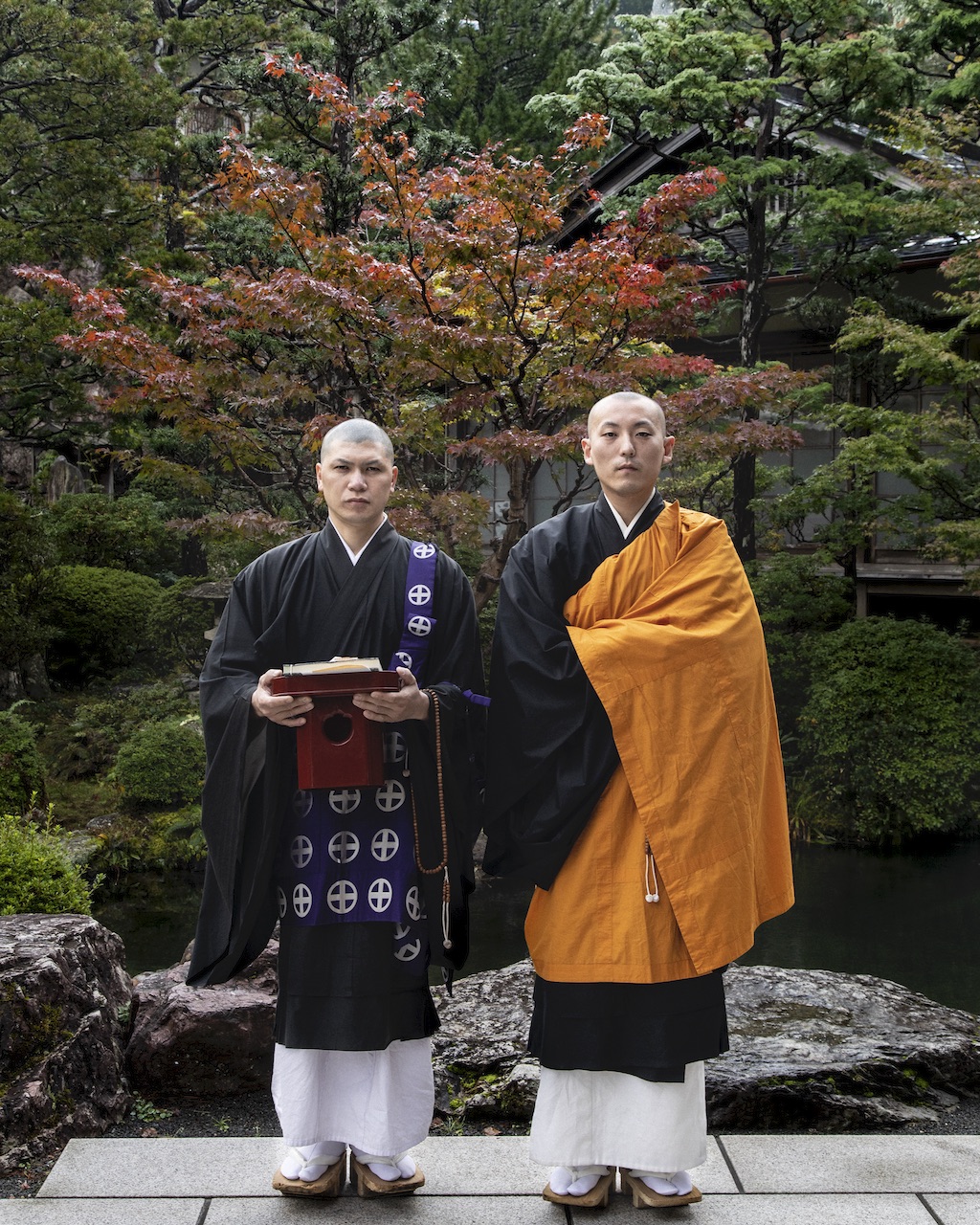
By the time we arrived at the final station – Gokurakubashi, or the “Bridge of Heaven” – there was just a handful of passengers left to pile out and enter a cable car for a ride up to the top of Koyasan.
A few minutes later, we were in a different millennium from the high-speed, neon-bright, fashion-forward Japan many of us know. Everything was silent. A slow country bus carried us around curves to a single, narrow main street lined with temples.
At the end of the street was a forest of cedars and cypresses, some of them 800 years old, and more than 200,000 graves, in which many of the heroes and emperors of centuries past were resting.
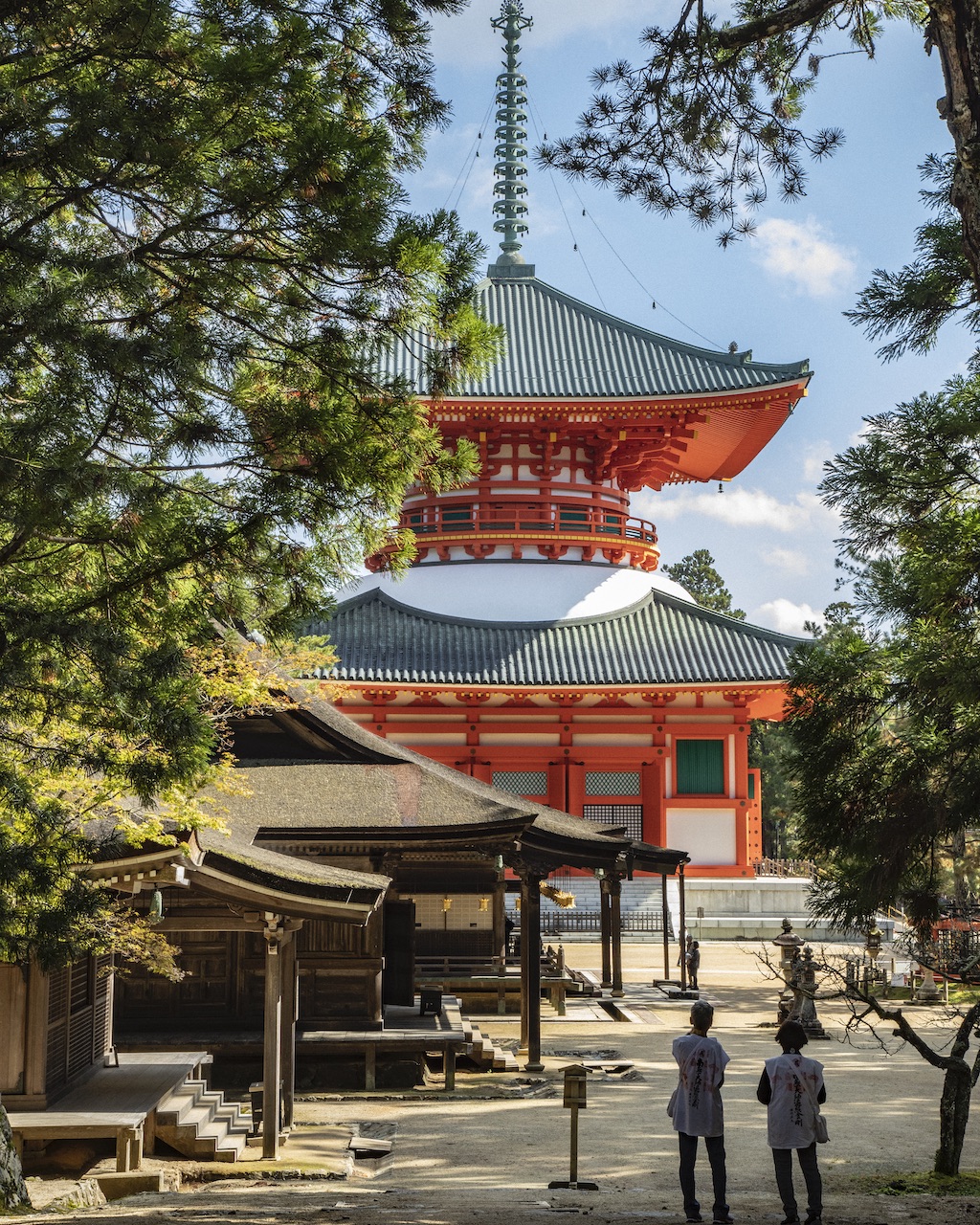
Established as a monastic community 12 centuries ago – there were once 1,500 temples here, and no woman was even allowed in the area until 1872 – Koyasan throws open a door on a deep and ancient Japan you might not have known existed. There are 117 temples on the mountain today – and not much else – and at 53 of them, any visitor can stay for a night or two.
You sleep on futons on tatami mats, as in a traditional inn, and soak, in many cases, in a traditional bath. You eat the same often sublimely tasty vegetarian fare the monks around you live off. At first light, or before, many of the temples offer mystical ceremonies involving the burning of 108 pieces of wood to purge sins and bring the Buddha inside your being.
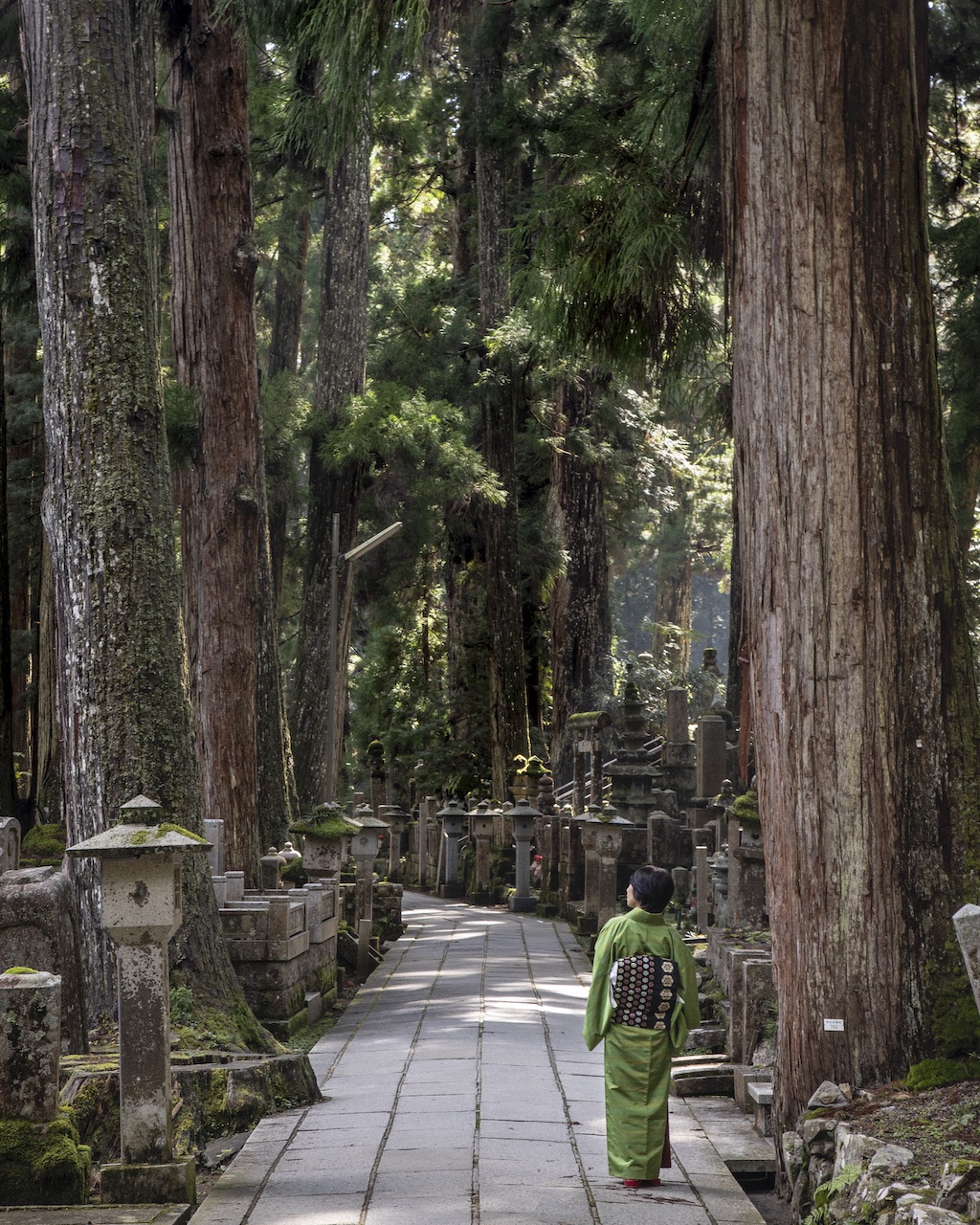
And after darkness falls, a cheerful monk will lead you right through the forest of gravestones to the place where the wandering polymath who established the mountain as a monastic training centre, Kobo Daishi, is believed to be sitting still in meditation. He is brought breakfast and lunch every single day, even though the more literal-minded might suggest he stopped breathing 1,184 years ago.
I often urge visiting friends to go to Koyasan for two nights when they come to Japan because it speaks for the country that underlies all the latest clamour about ramen and anime and Harajuku fashions. It also reminds me how Japan continues to look nothing like China or South Korea or anywhere else. Most of all, it confirms my advice to many visiting friends, after 32 years of living in this country: fly into Osaka, around which you’ll enjoy wonders that you could find nowhere but in Japan.
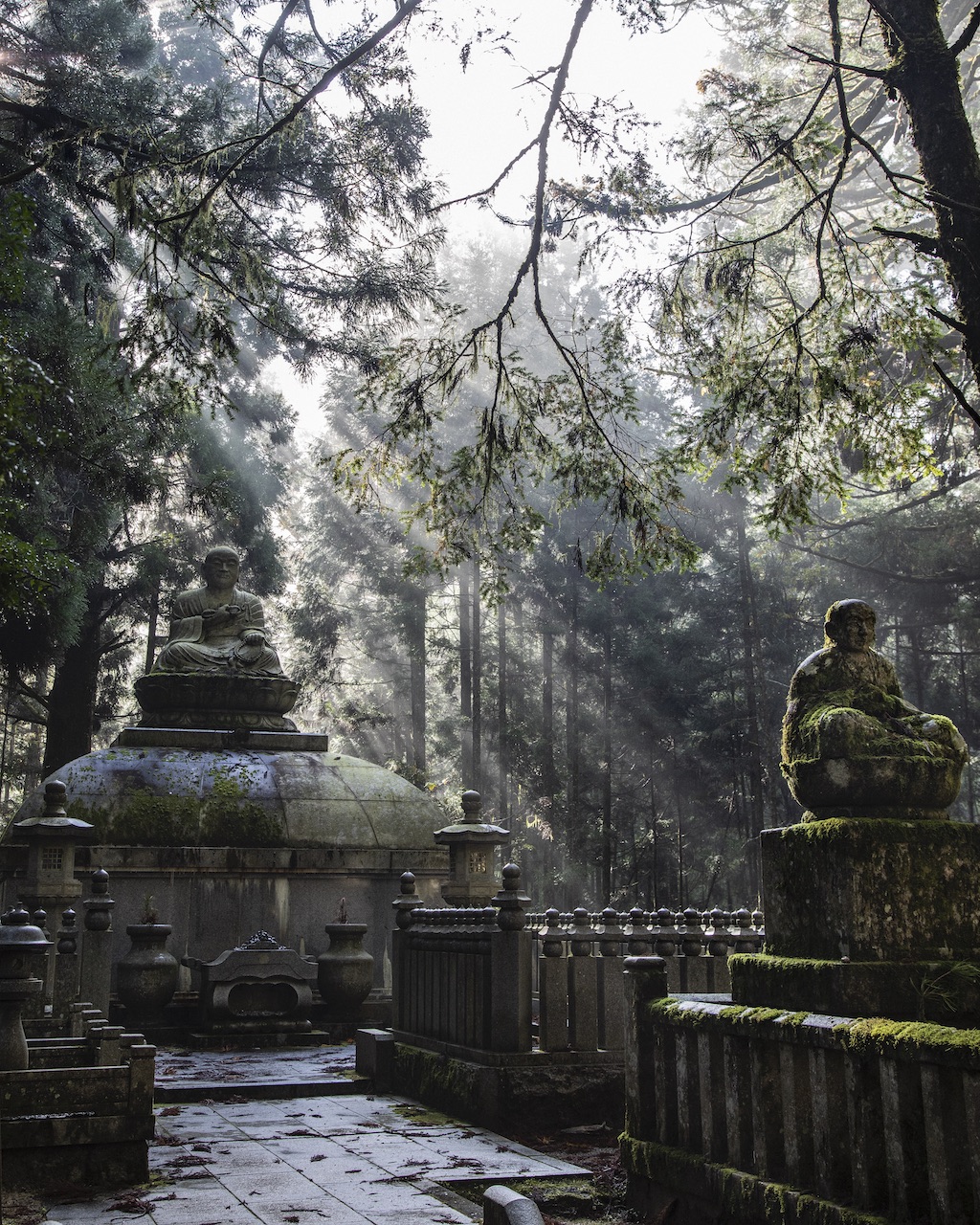
I never forget the sign that greeted me over 30 years ago, on flying into an Osaka airport: “Our old older, our new newer, our kind kinder – welcome to Japan.”
And though Osaka is a brash industrial city, often eclipsed by the elegant niceties of Kyoto, less than an hour away by train, and the older eighth-century capital, Nara, even closer, it can be a portal to worlds as old as Koyasan, as new as the city’s Henn na Hotel (whose front desk is “manned” by nothing but two snarling dinosaur-shaped robots) and as constantly shifting as the crowds thronging through the chic shopping arcades of the area known as Shinsaibashi.
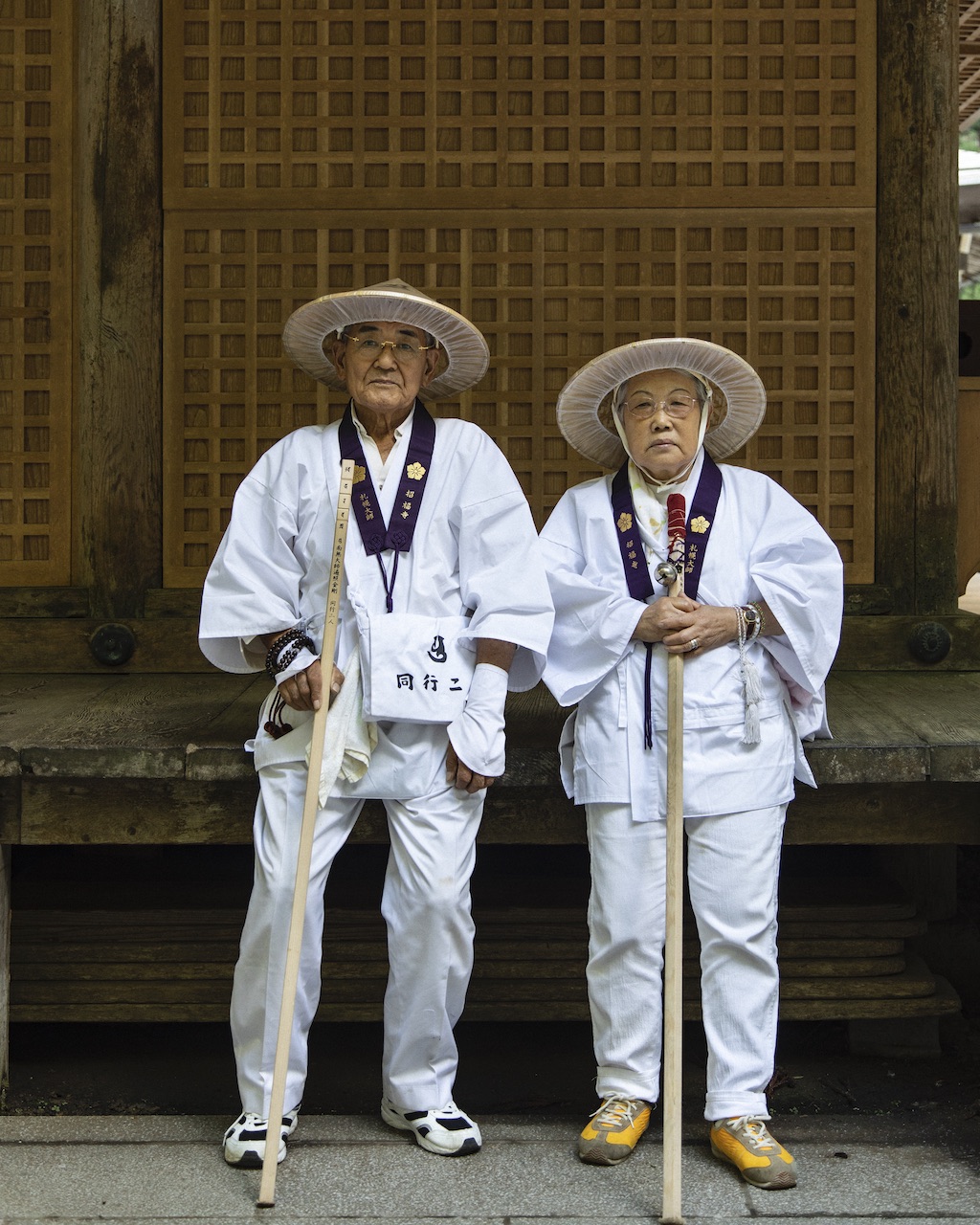
The first time I took myself to Koyasan, 13 years ago, I was transported by an intimate, lantern-lit silence akin to what I’d dreamed of when I read about Kyoto and Nara. My fellow travellers, quite wonderfully, were mostly pilgrims, dressed all in white, or mountain ascetics, garbed in shamanic robes and armed with ceremonial conch trumpets.
The best place to eat – it’s still there – was a funky vegetarian café, Bon On Shya, run by a counter-cultural young Japanese traveller and his French wife, who’d decided to live far from the fray. By 7pm, the main street was almost unpeopled as I walked between the imposing wooden gates of what felt like candlelit temples.
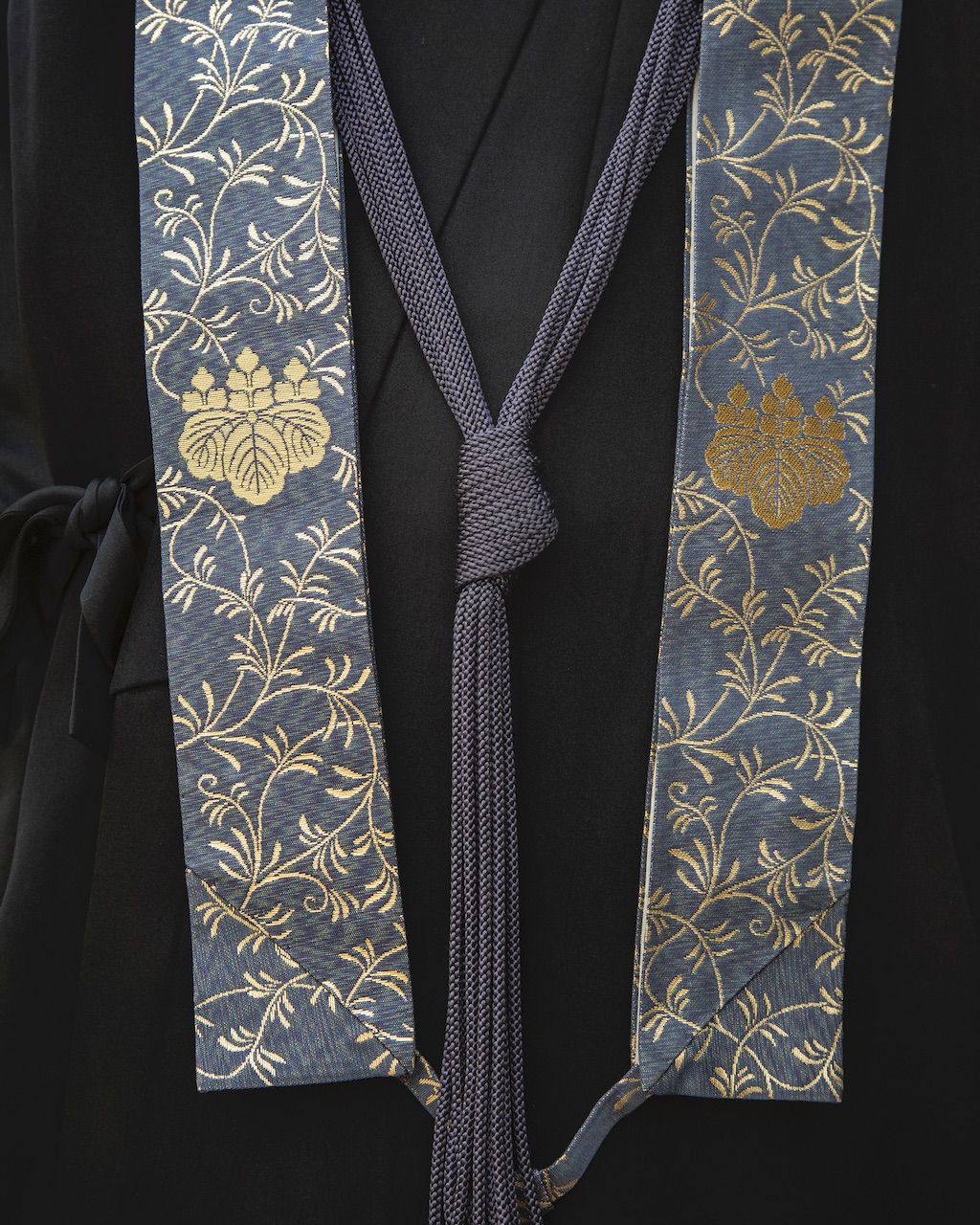
Waking up before dawn (there’s not much to do on Koyasan late at night), I took myself to the especially magical goma, or fire ceremony, at Ekoin, one of the most foreigner-friendly of the temples. After a traditional breakfast overlooking a classical garden (helpful workers at the tourist information centre had guided me towards a temple that met my every demand), I took in the unexpectedly stylish Reihokan Museum near the central, and most picturesque, temple on the mountain, Kongobuji, home to the largest rock garden in all of Japan.
Over on the far side of town, the huge cemetery, known as Okunoin or “innermost sanctum”, is a classic journey through Japanese history both ancient and contemporary, with distinctive five-tiered old gravestones sat alongside headstones shaped like a rocket ship, coffee cups and a high-definition TV. But what I most relished was walking alone amidst the forest of ancient trees at night, surrounded only by the rustling of animals and a line of illuminated stone lanterns.
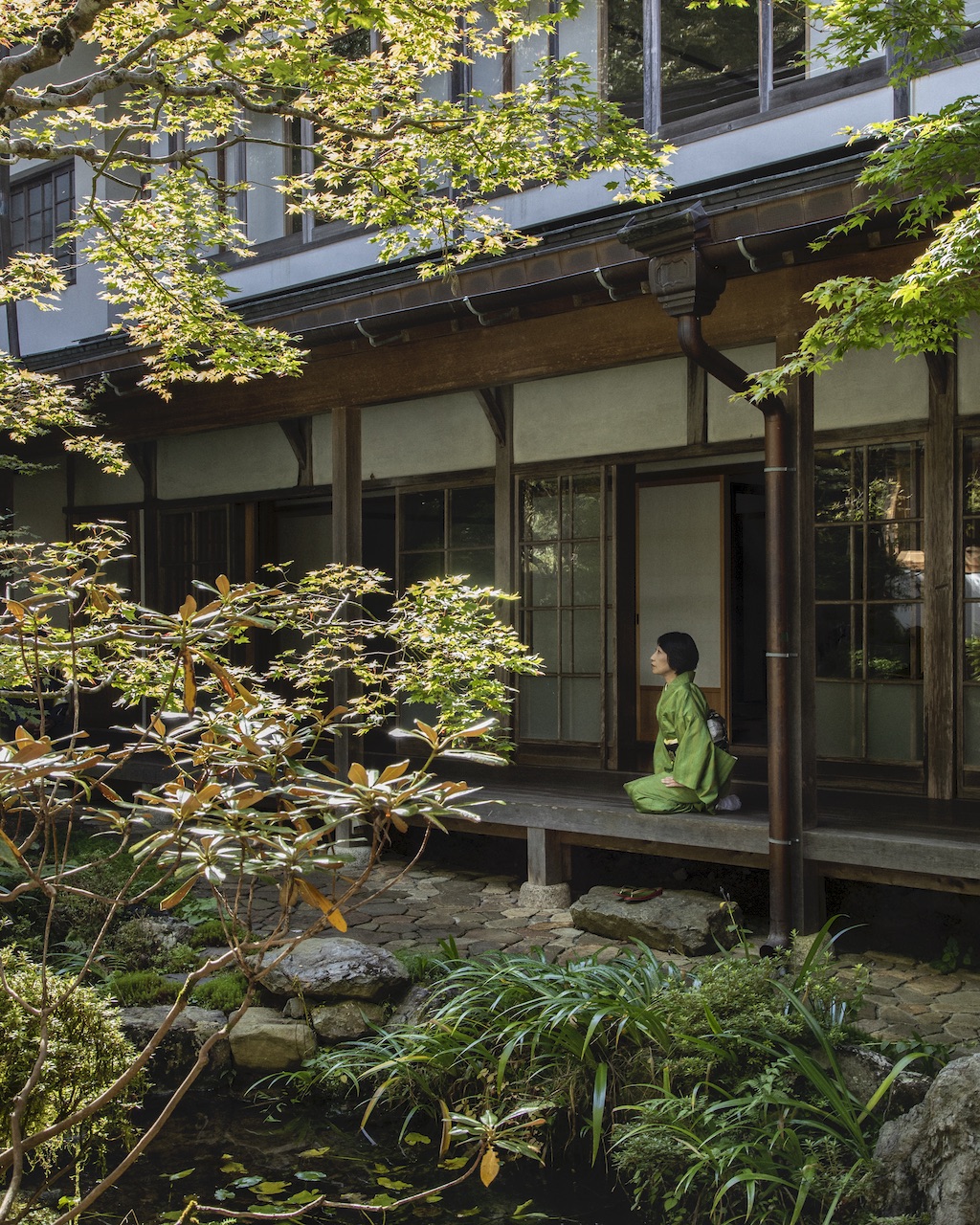
Nowadays I try to return to Koyasan for two days every year with my wife. In midsummer, it’s cool, while the rest of Japan is blistering. If I’m not around for the radiant autumn colours in late November, I can catch them on Koyasan at the end of October.
Twice I’ve been up to the ancient talisman, tucked into modern shopping-arcade Japan, with the Dalai Lama, since Koyasan’s Shingon Buddhism is the Japanese order closest to his own. The monks in his party told me that the mountain – mountains are always epicentres of power and gravitas in Japan – is an ideal site for meditation.
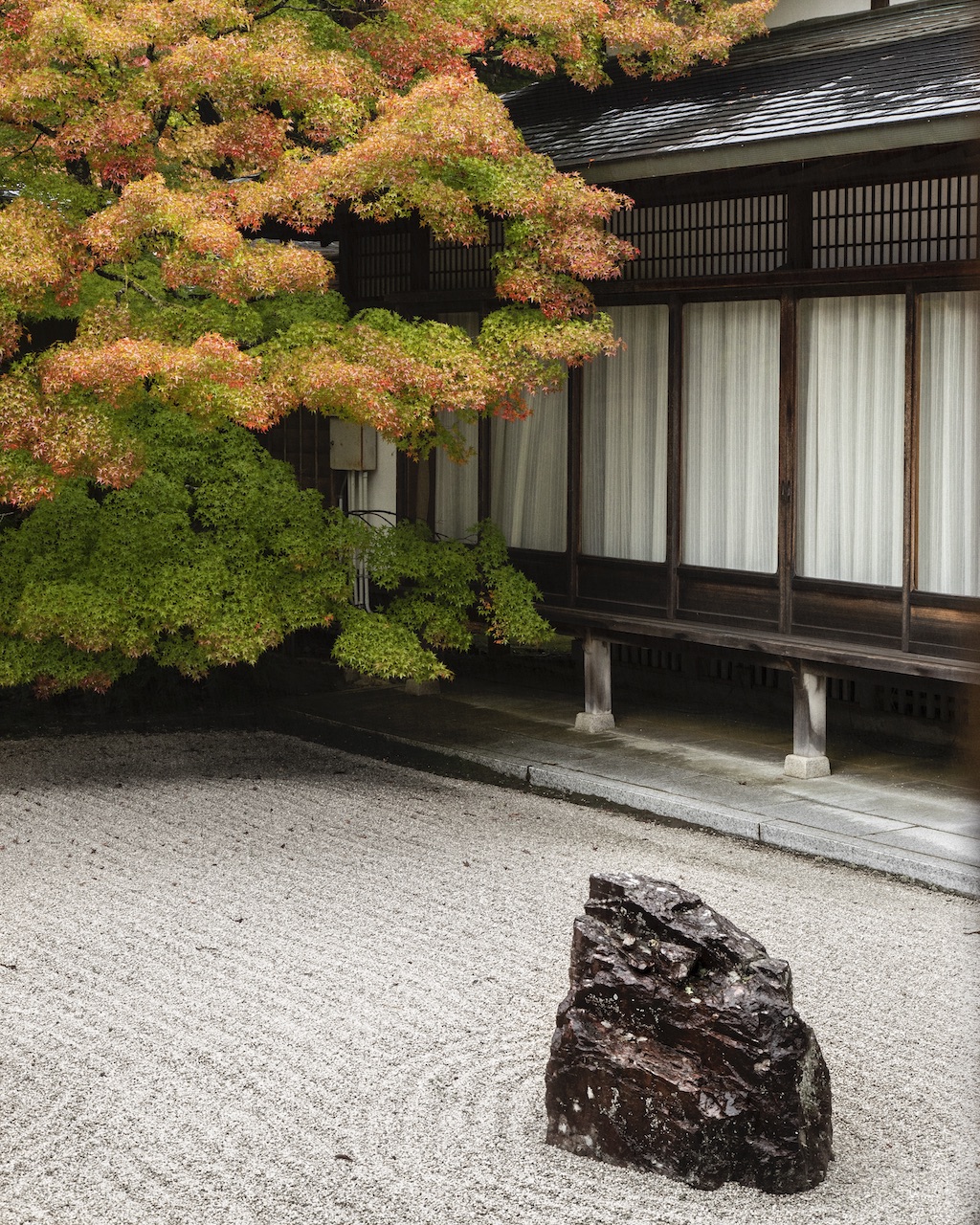
And after I’ve spent 48 hours amidst the temples’ hushed intensities, listening to shaven-headed monks in black robes and heavy wooden sandals explaining why they gave up their pinstripes for austere solemnities, I return to Osaka and, from Namba Station, take a Hanshin train to the perfect, throbbing, not so serene complement to Koyasan – Koshien. The celebrated baseball stadium in Osaka was the largest such structure in Asia when it was built, 95 years ago, and even now remains a hidden treasure that too many overlook.
“In Japan, there are different words used for the self that exists in private and the one that’s out in the world”
It hardly matters if you have no interest in baseball, I tell friends, or if you can’t understand the rules. A baseball stadium is an introduction to a noisy, fervent, open-armed side of Japan you won’t so easily find elsewhere. Suddenly the quiet grandmother who might be keeping to herself in a Kyoto tea room is offering me some of her fried octopus. Out of nowhere, a man dressed from head to toe as a tiger is enfolding me in a bear hug.
Even if I feel myself an outsider everywhere else, here I’m part of the home team, as fans wave souvenirs purchased from a gift shop whose slogan cries (in block capital English): “LET YOUR YOU OUT”.
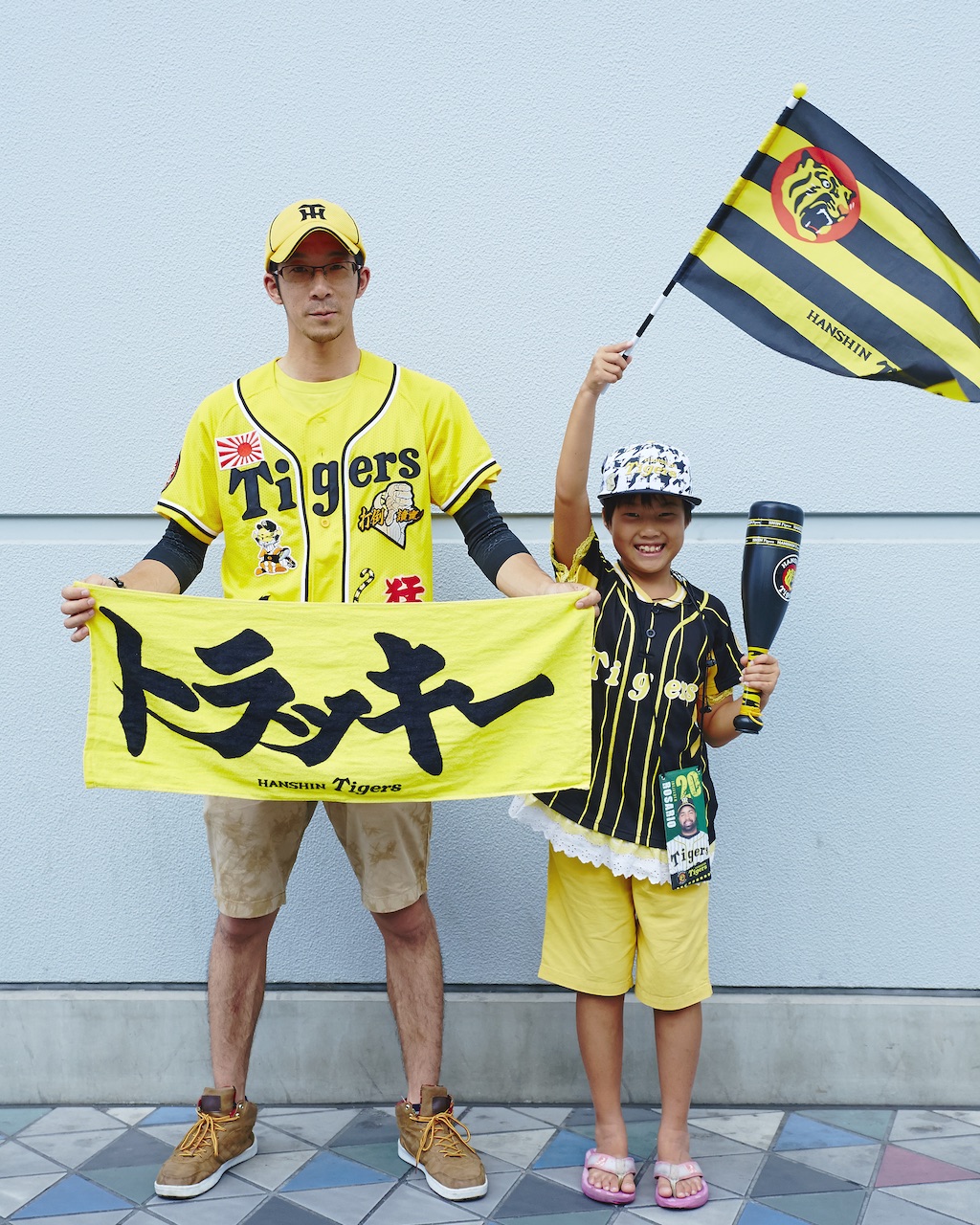
Of course, you can enjoy baseball in many places in Japan, but Osaka fans, true to the city’s character, are famous for being the fiercest and most passionate, even though their local professional team, the Hanshin Tigers, are rarely champions.
And Koshien is such sacred soil that, during the annual high-school tournament in August, which is broadcast across several Japanese television channels from breakfast time till dinner over 15 straight days, the shaved-head, monastic-seeming teenage athletes routinely scoop up mounds of its dirt to take home, as others might gather relics from Lourdes.

Today, though, as I enter Koshien – the tickets cost less than US$20 – I find myself surrounded by as many as 30 cheerleaders, mostly men, amid resounding orchestras of trumpets and drums. The fans around me are standing and performing a special dance, complete with signature song, for every player who comes up to bat.
The vendors selling beers are not the grizzled old guys of Yankee Stadium, but young women in pink hoping to attract the attention of television talent scouts. And during the seventh inning, nearly everyone releases green, yellow and blue balloons.
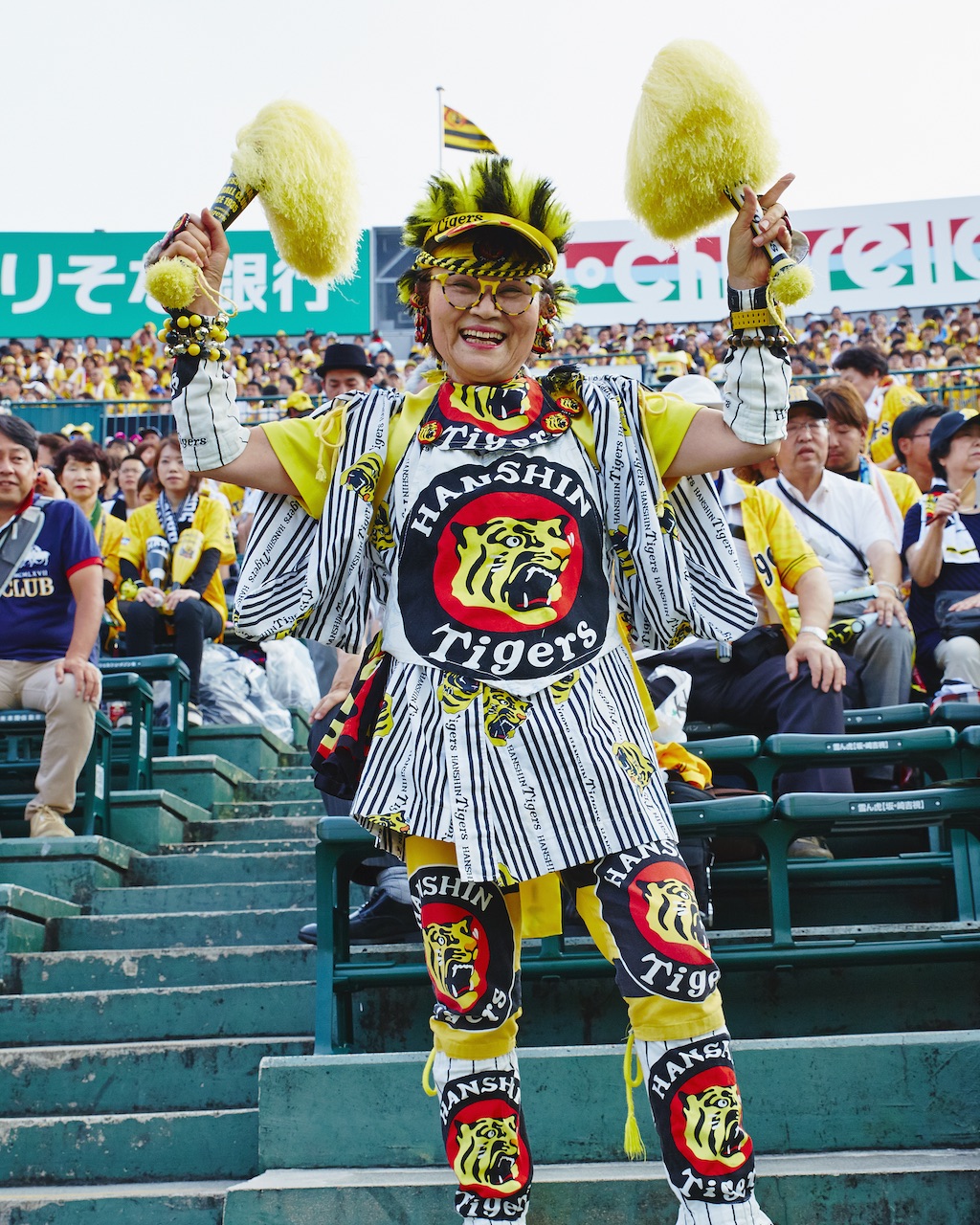
Best of all, baseball reminds me how Japan will take on every aspect of the outside world and convert it into something entirely Japanese. Professional games here – as never happens in North America – end in a draw if the score is level after 12 innings.
Teams are often playing not to win but to avoid losing instead. And a samurai stoicism governs the generally poker-faced players that you’ll never see amidst the brawling contentiousness of Boston. The all-American pastime, in other words, has become something else, and the most exciting action is not on the field, very often, but in the stands around you.
In Japan, there are different words used for the self that exists in private and the one that’s out in the world. Koyasan brings me close to the inner Japan, where people gather themselves in silence and stillness. Meanwhile, Koshien, two hours away, flings open the doors to the most public forms of emotion, where crowds become the main attraction.
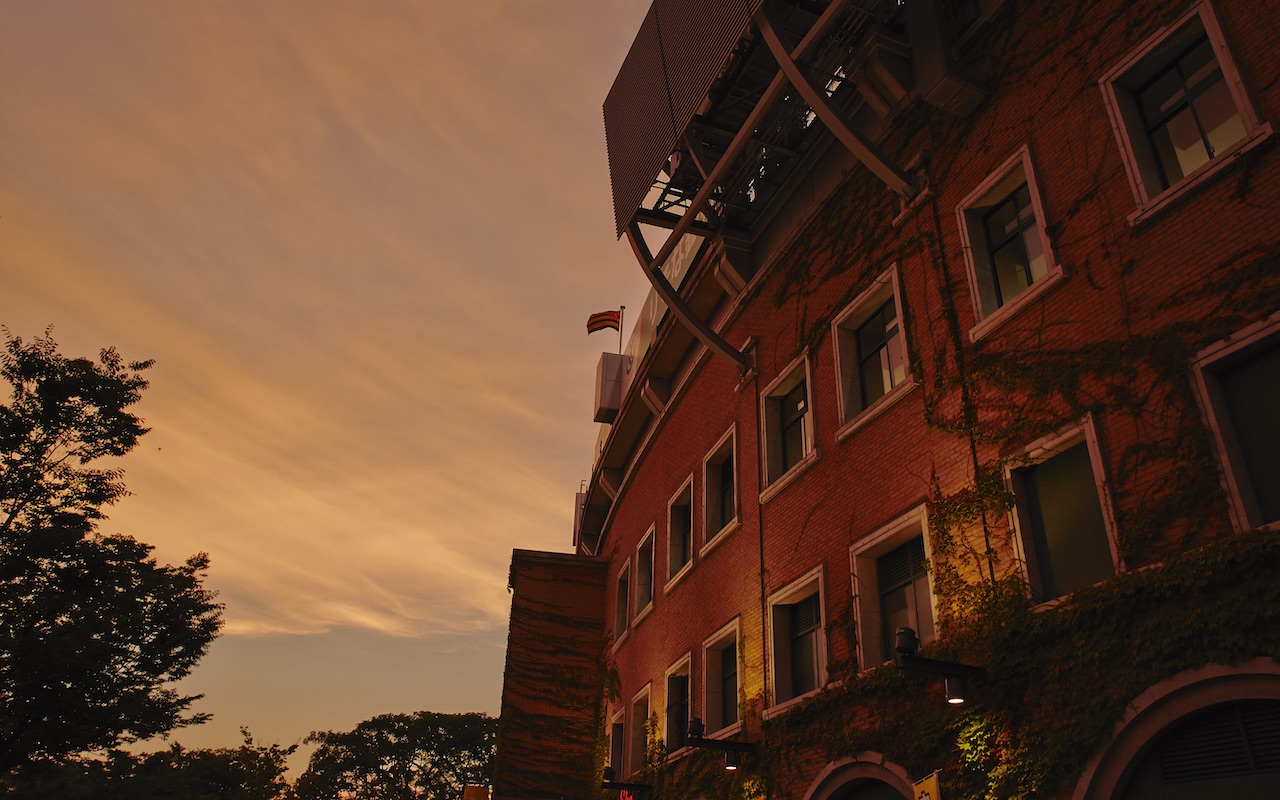
Both, however, remind me that Japan remains a cathedral of unexpectedness – calm where you’d expect it to be cacophonous (on the rush-hour trains) and raucous (at Koshien) where you might be expecting silence. I would gladly spend every day for the next 32 years living in western Japan, because I know I can never anticipate what’s coming next and I’m confident that the new will keep growing newer and the old, somehow, ever older.
Among his 15 books, Pico Iyer has written three on Japan: The Lady and the Monk and, just out in 2019, Autumn Light and A Beginner’s Guide to Japan.
3 hidden treasures near to Osaka
Naramachi
The traditional area of Nara – all narrow lanes and small wooden houses, containing shops and restaurants – is a much quieter and less visited cousin to Kyoto’s celebrated Gion geisha district.
Ohara
The little village 30 minutes north of Kyoto by bus allows you to visit the varied and elegant temple of Sanzenin. Enjoy a quiet lunch in the countryside and then walk across rice paddies – where women are usually working in traditional clothes – to see the intimate empress’ retreat known as Jakkoin.
Kyoto
The temples of Kyoto are particularly worth a visit during the “light-up” seasons, when many open their gates after nightfall to admit you to their illuminated wonderlands.
Singapore Airlines flies to Osaka thrice daily. To book a flight, visit singaporeair.com
SEE ALSO: An insider’s guide to Osaka, Japan
This article was originally published in the December 2019 issue of SilverKris magazine
The post Uniquely Osaka: Unexpected hidden gems of the underrated city appeared first on SilverKris.
from SilverKris
No comments:
Post a Comment